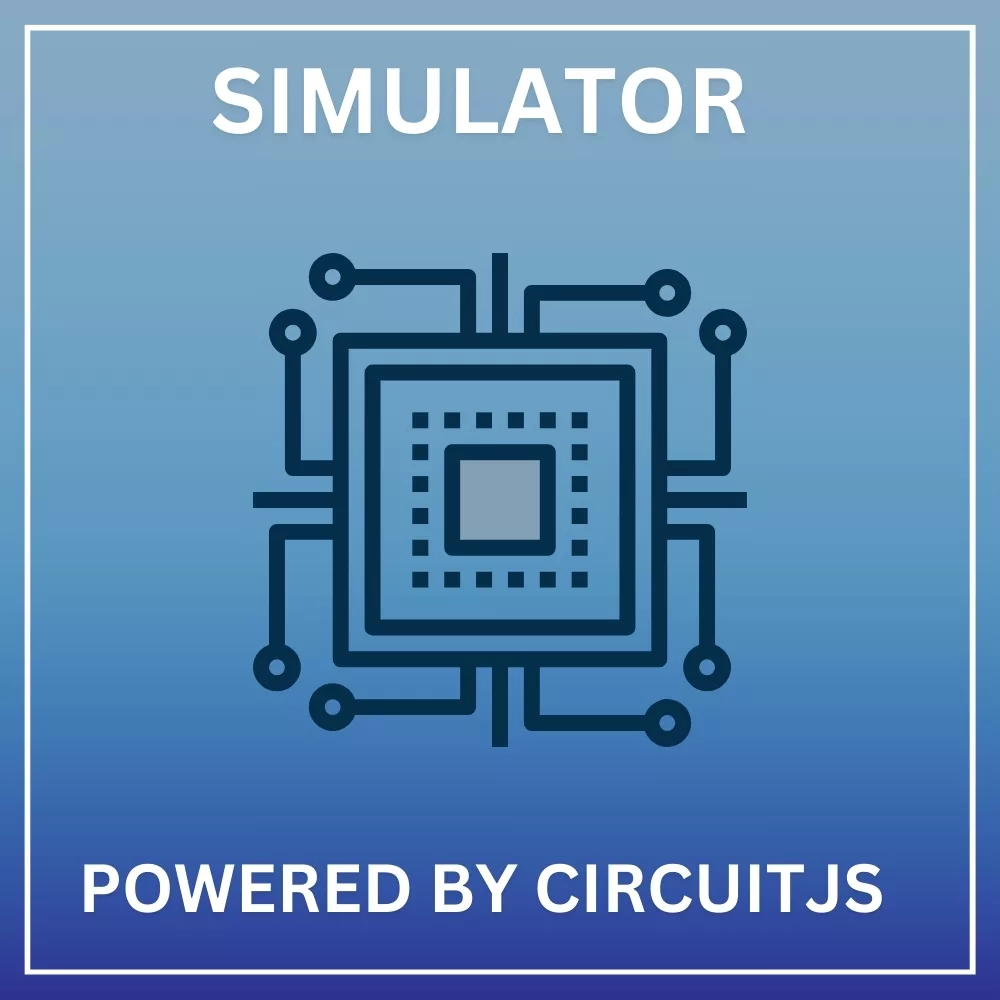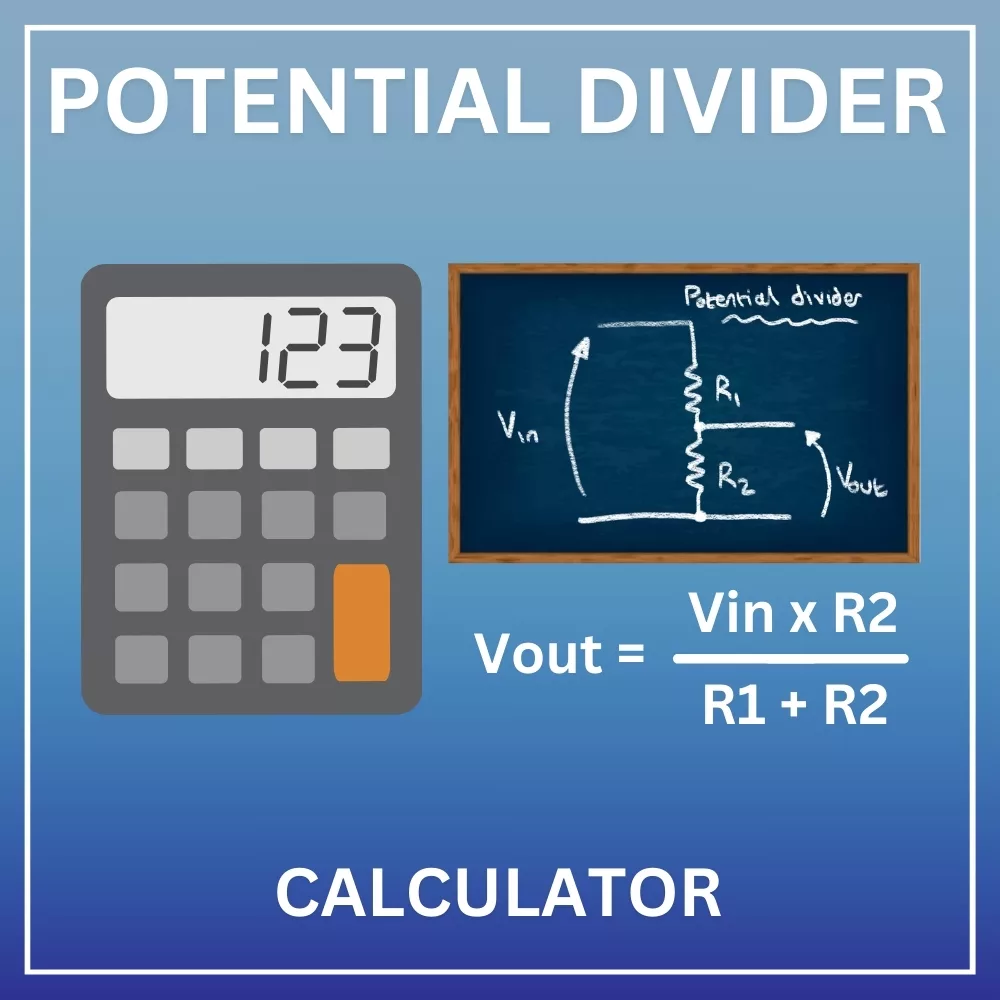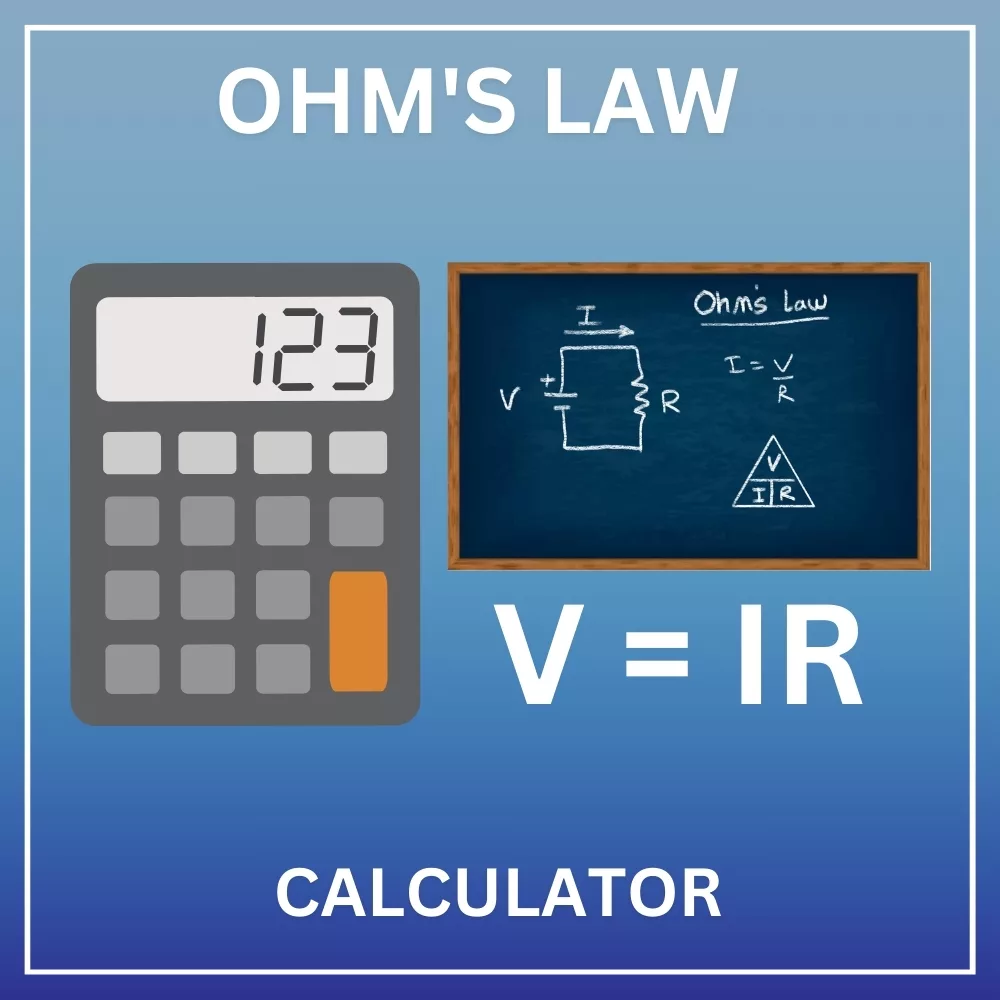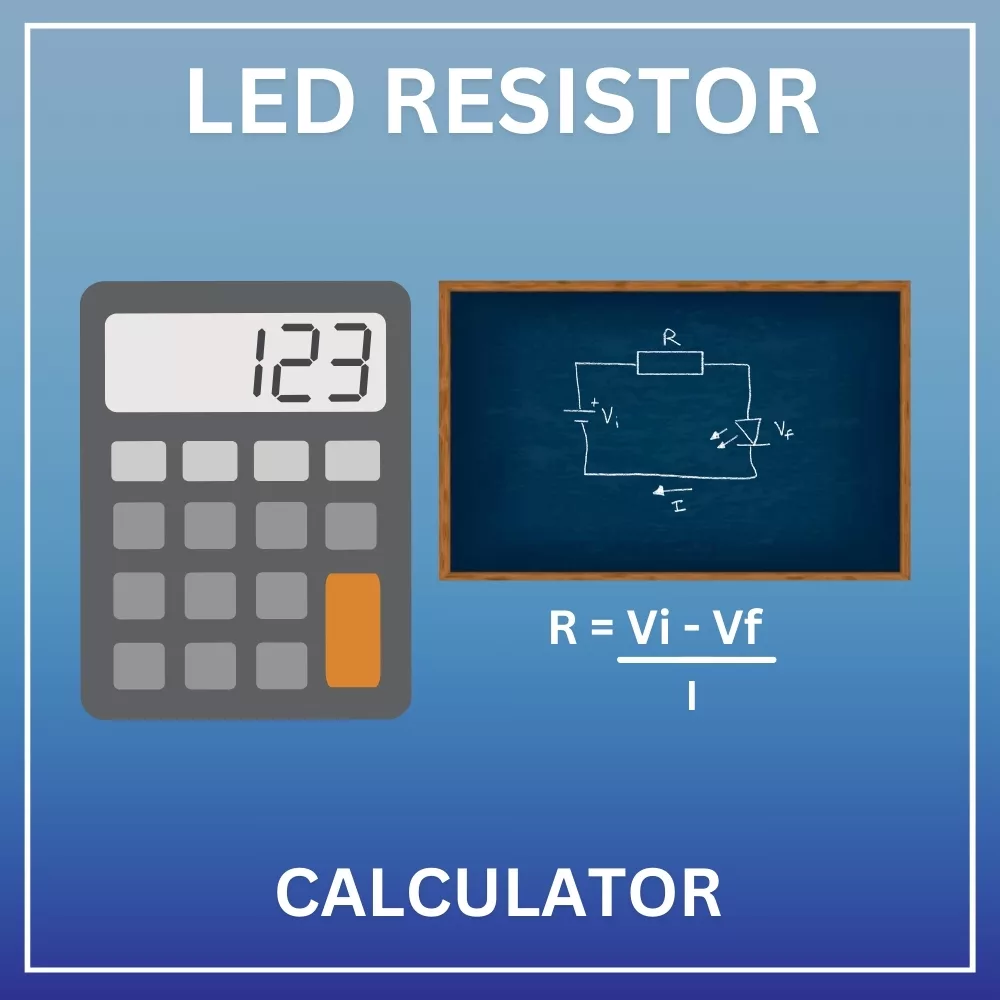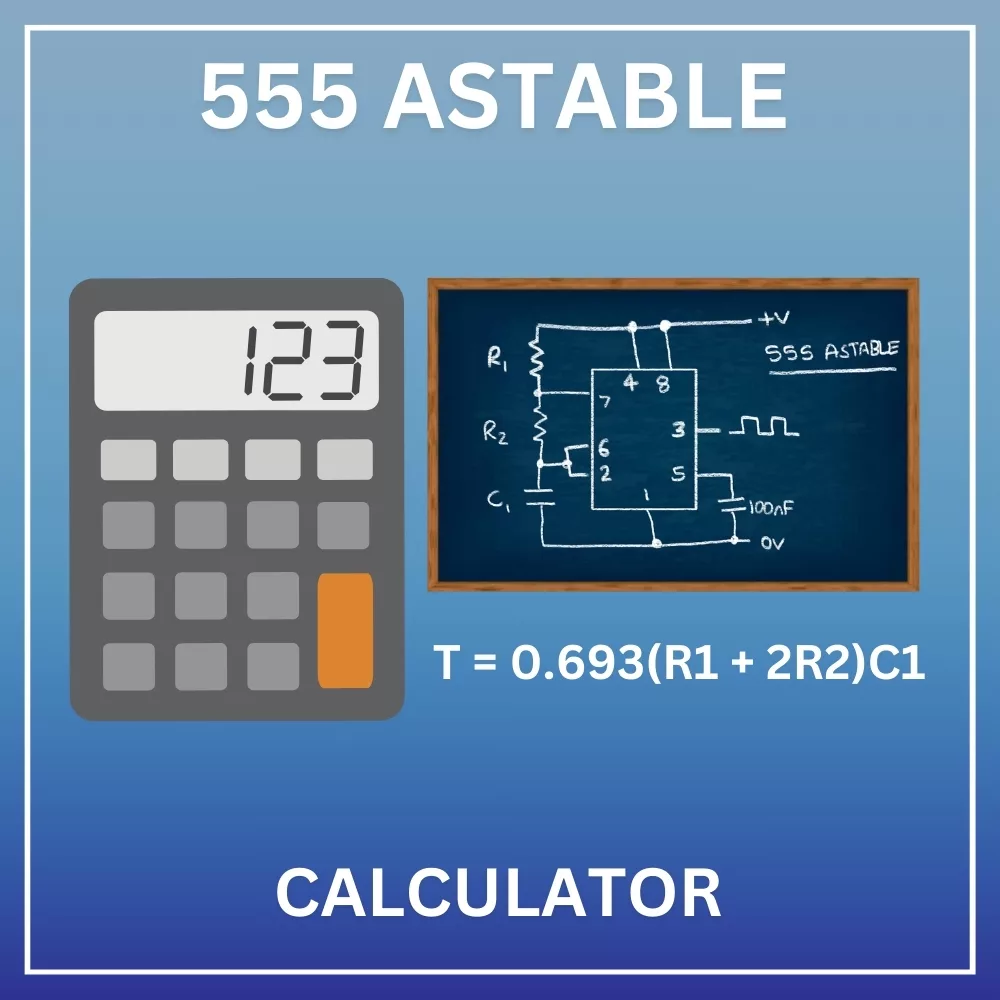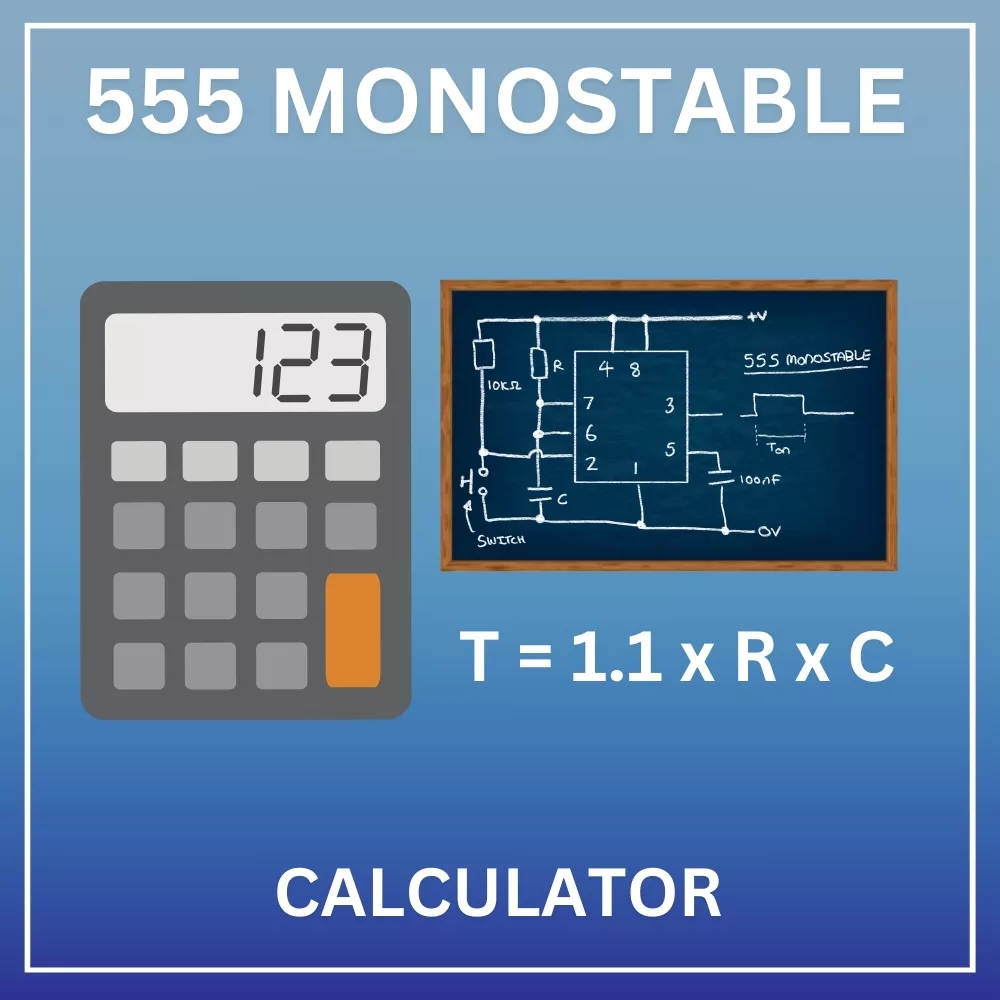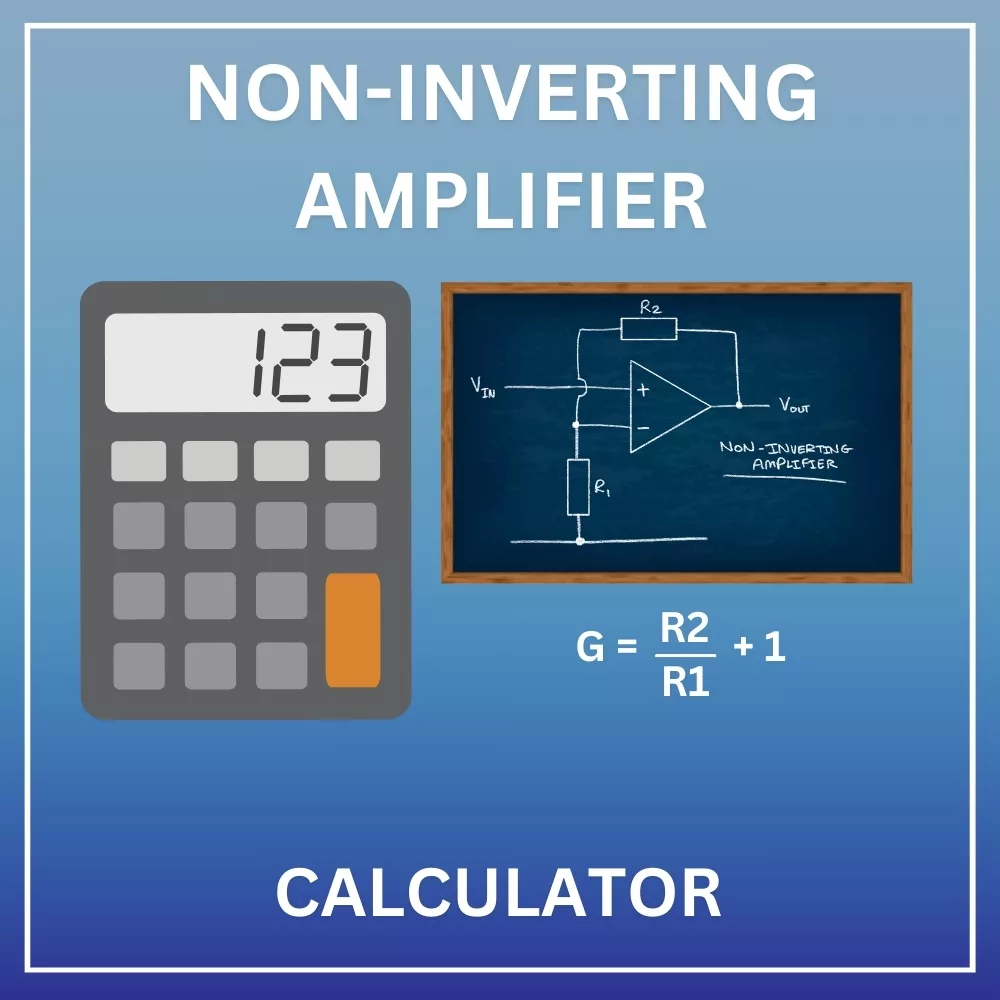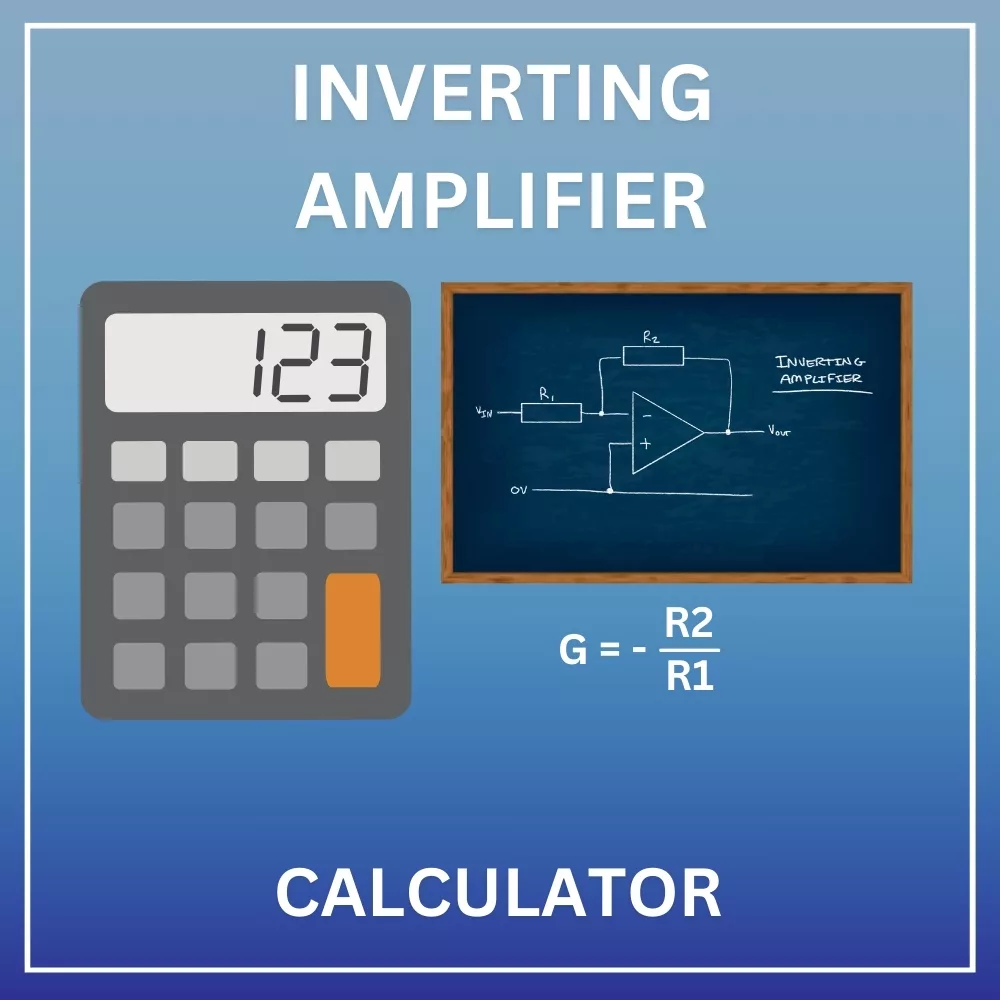Resources
robinmitchell2024-07-05T18:10:08+01:00Our range of electronic resources will help you learn how to build kits, solder, recognise components, decode their value, and understand the importance of components. Furthermore, with the help of the in-browser circuit simulator CircuitJS you can visually see how kits work as well as interact with them via changing values, adjusting connections, and even adding components. In fact, you can use the in-browser to create your own circuit simulations, save them, and retrieve them for later use!
Finally, our range of online calculators help you quickly determine the value of components needed in key circuits, including 555 astables, 555 monostsables, LED series resistors, potential dividers, and op-amp gain circuits. If you need any additional help with circuits, or looking to make modifications, you can also contact us directly.
Electronics Guides
Kit Instructions

Our Blue Range consists of the original MitchElectronics kits which are designed to be educational, easy to construct, and expandable. Thanks to the use of high quality double-sided through-hole plated PCBs, it is virtually impossible to destroy pads via over soldering, and the high-density material used in the PCB makes them incredibly difficult to flex, let alone break. These kits include 555 circuits, 4017 logic chips, transistor amplifiers, negative feedback circuits, and much more.
To aid in their construction, you can see the full range of kit instructions below, and it is vital that they are fully read before attempting to build. Remember, de-solding is a lot harder than soldering, so as any good scientists would say, measure twice, cut once!

Our SENSE range of kits are ideal for those looking to create larger circuits that need to sense their surrounding environment. Thanks to their standard size and pinout, the SENSE range are excellent for those looking to expand pre-existing designs, such as adding sensing capabilities to Arduino boards and Raspberry Pi’s. This range includes temperature, IR, light, and sound, and each design uses near identical circuitry, making it easy to build and understand the function of each kit.
To aid in their construction, you can see the full range of kit instructions below, and it is vital that they are fully read before attempting to build. Remember, de-solding is a lot harder than soldering, so as any good scientists would say, measure twice, cut once!
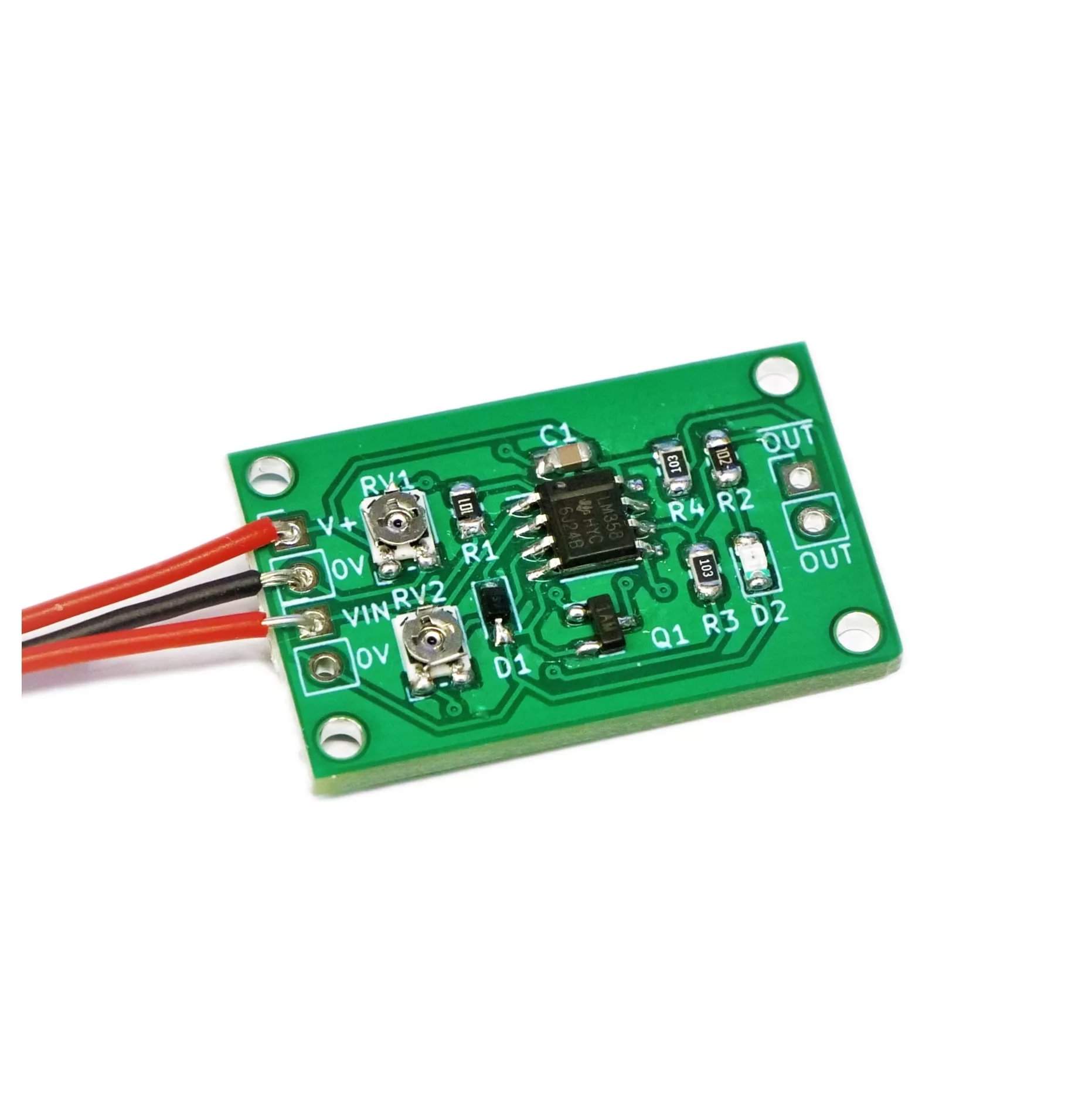
Our SMD Trainer range of kits are perfect for those looking to improve their soldering capabilities thanks to the use of tiny SMD parts. To ensure that soldering is not too difficult, these kits utilise 0805 parts that are larger than typical SMD parts used in modern electronics, but not so large that they don’t present a real challenge. Furthermore, many of the parts used in these kits, including the transistors and diodes, are in extremely small form factors, so even if the resistors are easy to solder, other parts won’t be as such.
It is vital that you read the SMD Soldering Guide before attempting to build these kits, as SMD soldering is extremely difficult, even for experts.

